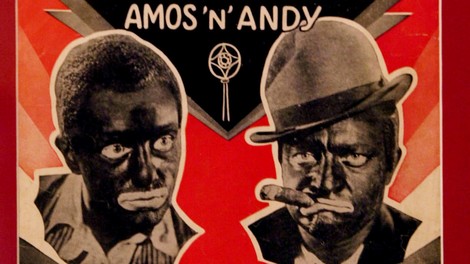Your podcast discovery platform
Curious minds select the most fascinating podcasts from around the world. Discover hand-piqd audio recommendations on your favorite topics.

piqer for: piqd Boom and bust Climate and Environment Global finds Globalization and politics Health and Sanity Technology and society Doing Good Deep Dives
Malia Politzer is the executive editor of piqd.com, and an award-winning long-form journalist based out of Spain. She specializes in reporting on migration, international development, human rights issues and investigative reporting.
Originally from California, she's lived in China, Spain, Mexico and India, and reported from various countries in Africa, Europe and the Middle East. Her primary beats relate to immigration, economics and international development. She has published articles in Huffington Post Highline, The Economist, The Wall Street Journal, Vogue India, Mint, Far Eastern Economic Review, Foreign Policy, Reason Magazine, and the Phoenix New Times. She is also a regular contributor to Devex.
Her Huffington Post Highline series, "The 21st Century Gold Rush" won awards from the National Association of Magazine Editors, Overseas Press Club, and American Society of Newspaper Editors. She's also won multiple awards for feature writing in India and the United States.
Her reporting has been supported by the Pulitzer Center on Crisis Reporting, The Institute For Current World Affairs, and the Global Migration Grant.
Degrees include a BA from Hampshire College and MS from Columbia University Graduate School of Journalism, where was a Stabile Fellow at the Center for Investigative Journalism.
Understanding The Evolution Of Blackface In America
American headlines have blown up this month over the issue of blackface: First, there was the Virginia governor whose high school year book photo depicted him in blackface. A week later, Prada was forced to pull a series of display figurines—apparently unaware that they looked identical to racist depictions of black people throughout American history. Next, Gucci came under fire for including a sweater in their fall collection with a "bataclava" knit that covers the bottom half of the face, with a cutout of large red lips.
To help contextualize the headlines and explain why this issue keeps cropping up, Code Switch—a podcast produced by journalists of color that looks at how issues relating to race, ethnicity and culture play out in our lives each and every day—dedicated an episode to the destructive historical legacy of blackface in America and how representations have changed in different media over time.
The episode starts with a historical primer: Blackface essentially originated when white people began blackening their faces in the late 18th and early 19th century, which allowed them to act the fool in public. It then moved to the stage. By the mid 18th century, blackface "minstrel shows", which depicted derogatory caricatures of slaves, were the most popular form of entertainment in the United States and soon became one of the most important staples of Vaudeville. All of this overlapped with persistent institutional violence against black people in America, including Jim Crow laws and lynchings.
So why hasn't it gone away? Because it's essentially become an invisible part of mainstream culture, starting with Mickey Mouse's iconic steamboat sketch—a throwback to a popular racist Vaudeville show called "Old Zip Coon". From there, Gene Demby draws on expert interviews to show how racist "minstrel shows" became an accepted staple of American cartoons, making them simultaneously omnipresent and invisible. And that legacy persists today.
